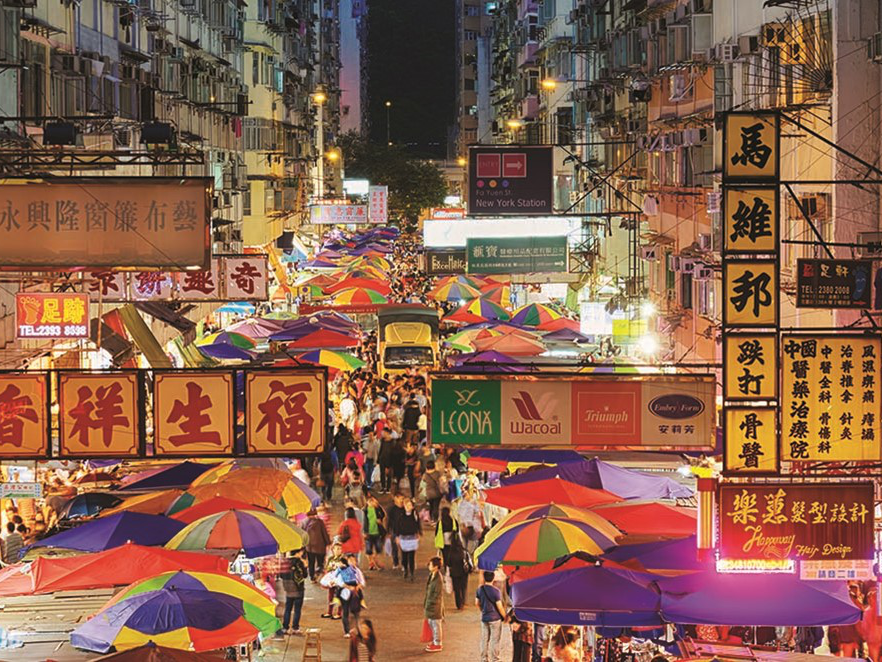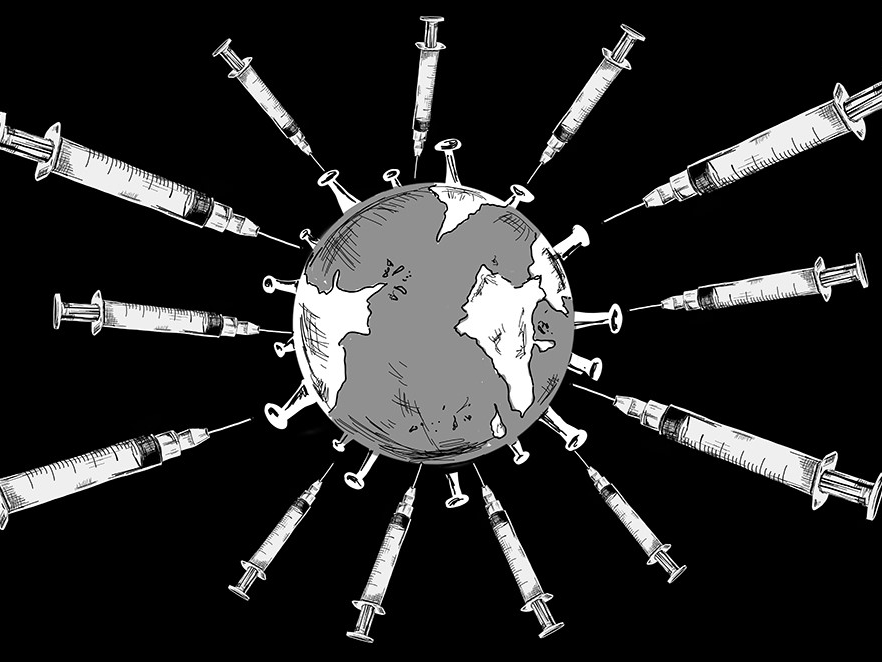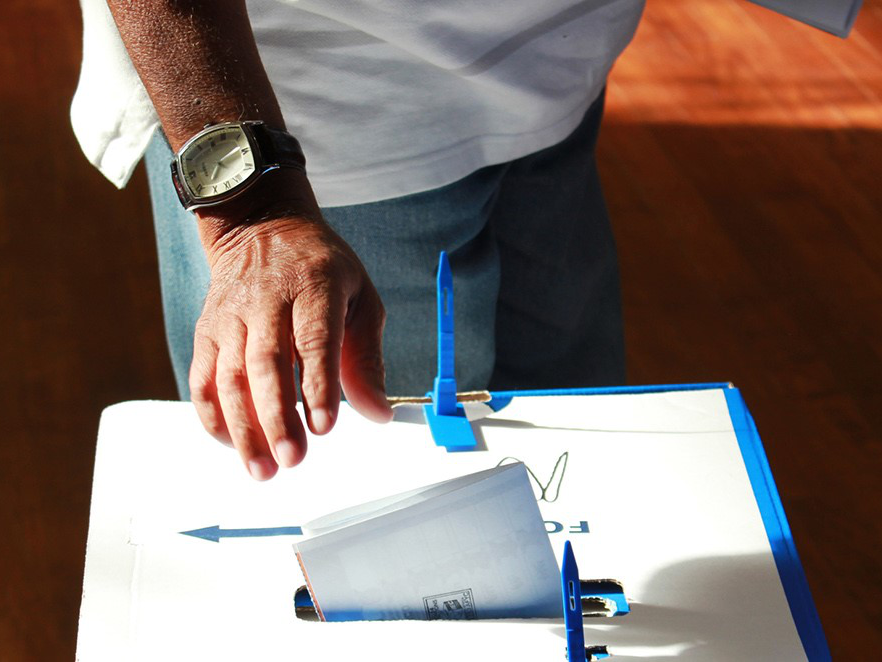Although dominating media headlines across the world, the most visible signs of the ongoing trade dispute so far in China have been the impact on a few selected imports. In the auto sector, following the imposition of higher tariffs on imported vehicles, we have seen significant price increases of US made vehicles, including Tesla and German branded SUVs (Mercedes and BMW) that are made in the US. Costs are also expected to increase for some basic foods as soy bean import prices are hit.
However, fears that the Chinese government would use non-tariff administrative measures to make life difficult for US companies have so far proven largely unfounded. On the contrary, China continues to relax its restrictions on foreign investments in China, in multiple sectors including automotive and financial services.
Tesla announced its plans to open a Gigafactory in Shanghai recently, and BMW is rumoured to be increasing its ownership stake in its China JV from 50% to 70%, both taking advantage of the relaxaction of restrictions and perhaps wary that the import tariffs are here to stay, at least for a while.
In the payment space, PBOC’s Shanghai branch announced in late July that WorldFirst had applied for online and mobile payment licenses in China. The publication is typically the first step in the formal approval process, suggesting that WorldFirst is likely to be the first foreign recipient of a payment licence in China, with more applicants in the queue.
We continue to watch carefully how domestic support for the Chinese agenda of overseas investment in support of the One Belt One Road initiative evolves. The Government has at the same time recognised the importance of improving income inequality in China and continuing the process to lift more of the population out of poverty, and this will require significant investment. Balancing these policy priorities, particularly in light of private sector liquidity constraints that exist currently, will be an important challenge for the Xi administration.






